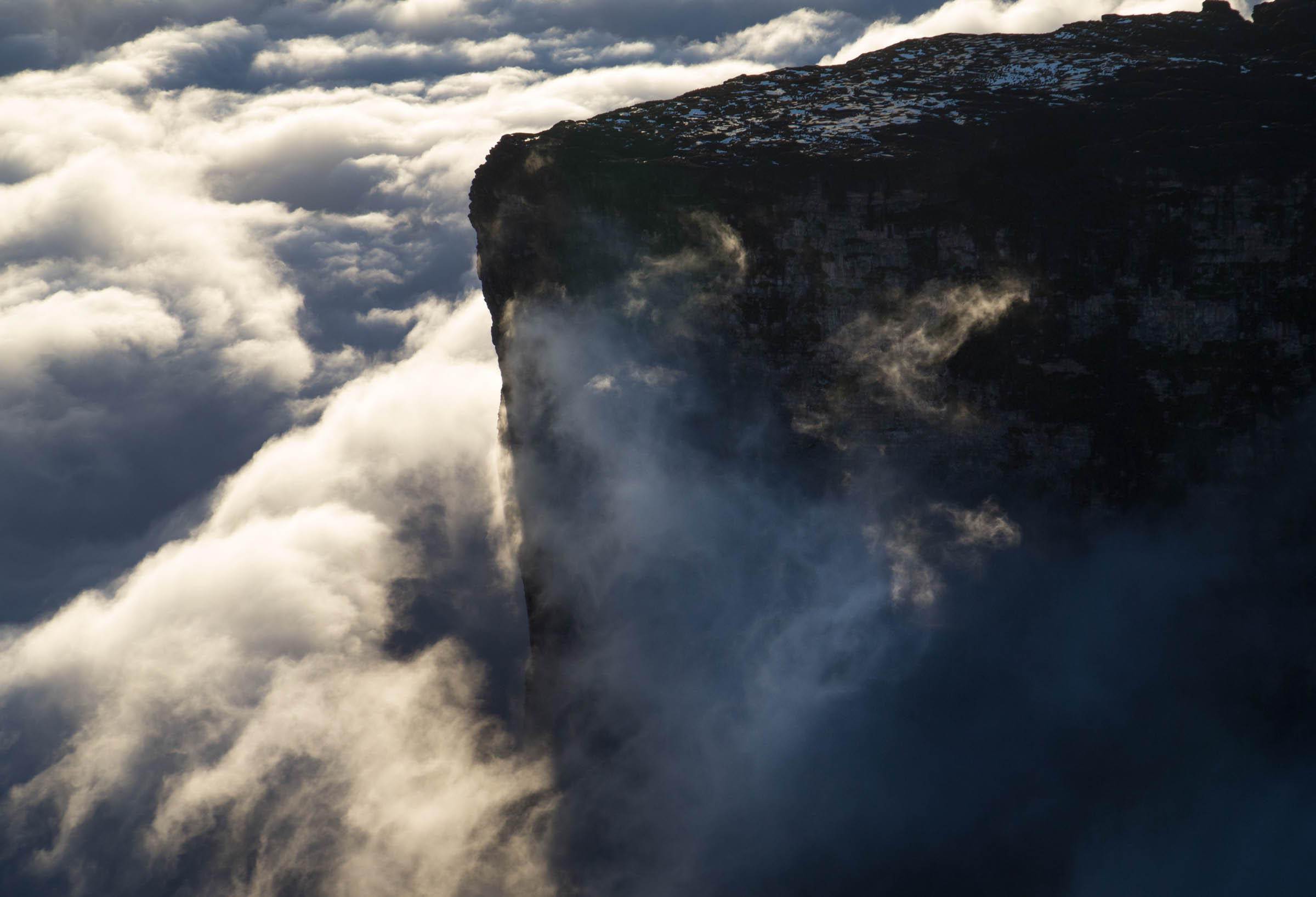Excerpt from the film TERRA, directed by Michael Pitiot and Yann Arthus-Bertrand, original soundtrack by Armand Amar, images by Bruno Cusa, produced by HOPE Production
The Lost World
Discovered and explored late in the 19th century, the most famous tepuy, Mount Roraima, was climbed in 1884 by a British expedition; there are no more dinosaurs there, but its fauna, flora and geology remain largely unknown despite numerous study campaigns. An account of one of these expeditions largely inspired Arthur Conan Doyle to write his adventure novel The Lost World in 1912, itself the source of many other works, films and TV films.
With the arrival of tourism, particularly in the 1980s, Mount Roraima has become a popular summit for hikers due to its unique environment and its relatively easy access and climbing conditions.
On the continent, Venezuela has borders with Guyana to the east-southeast, Brazil to the south, Colombia to the south-southwest and west, and finally a few dozen nautical miles off the coast of the Caribbean Sea to the north, are the Netherlands Antilles (Aruba, Bonaire, Curaçao) and Trinidad and Tobago (formerly GB).
In a very schematic way, three large geographical regions make up this country: - to the north and west the coast and the Andes, in the center of the country vast plains, and to the southeast the Guyanese massif.
Venezuela also has 72 islands, scattered in the Caribbean Sea and in the Atlantic Ocean, grouped in the Federal Dependencies. Margarita is the largest and most populated.
4K stock footage of Venezuelan tepuys and Amazonian forest

